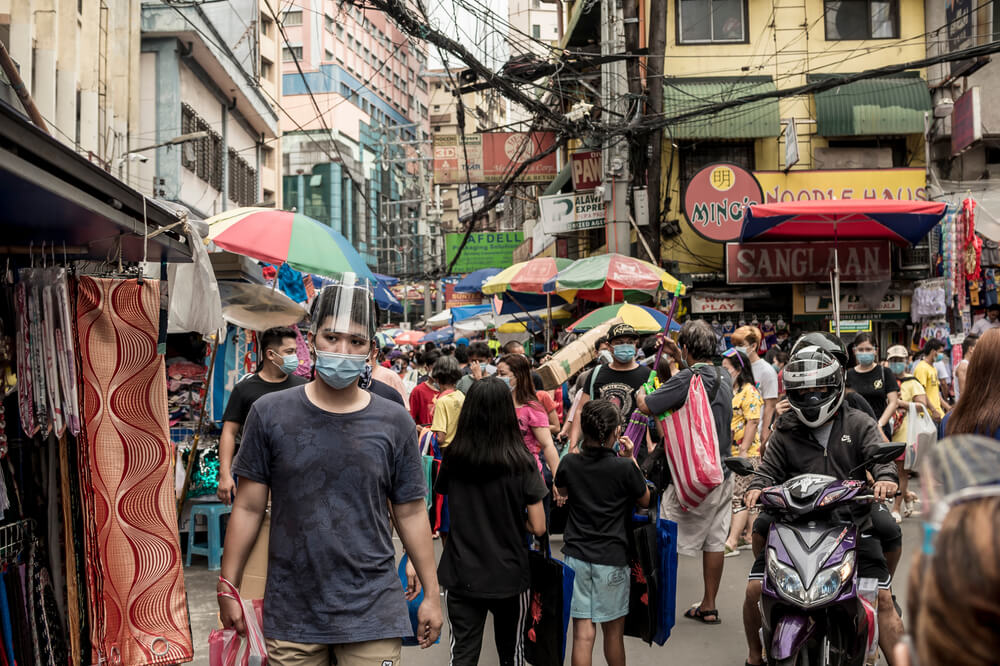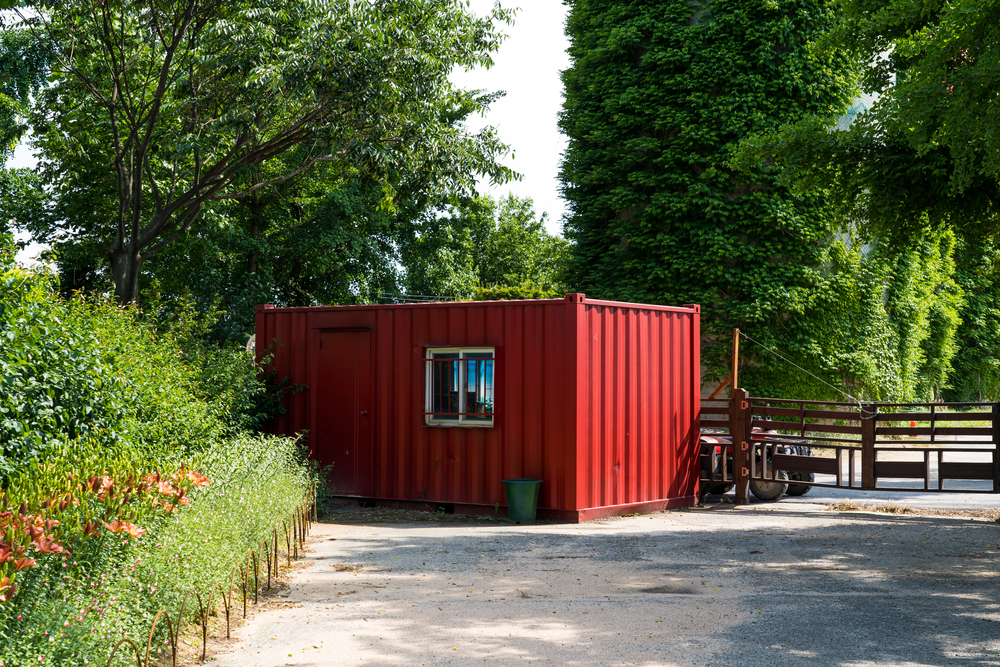If you think cities are crowded now, you haven’t seen anything yet. Today, 1.5 billion people, or about 20 percent of global population, live in the world’s 600 biggest cities and generate about 50 percent of global output. By 2025, the top 600 cities will house (or not) more than two billion people, or 25 percent of the total, and account for 60 percent of world output. What’s more, 137 of the top cities of the future aren’t on today’s list. As many as 100 of them will be in China, 13 in India and eight in Latin America.
Traffic congestion, housing shortages, and inefficient services, already burgeoning, could be the norm, writes Sergio Bitar, a Chilean politician and futurist in Why and How Latin America Should Think About the Future. But these results are far from inevitable, says Bitar. “Human action might alter trajectories in ways that could bring [regions] closer to desirable outcomes.”
City planners say the key to liveable cities involves raising density to 12,000 inhabitants per square kilometer, occupying abandoned areas and restoring degraded areas, making cities walkable and keeping out highways. Energy-saving rules, reduced CO2 emissions, and increased public spaces will also help.










